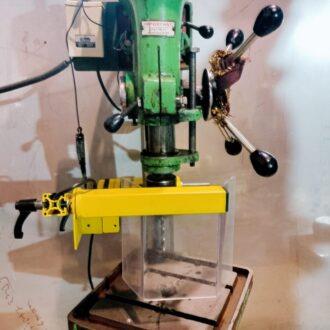
Machine fencing, also known as perimeter guarding or machine guarding, refers to the installation of physical barriers or enclosures around individual machines or equipment to prevent access to hazardous areas. These barriers serve to protect workers from moving parts, electrical hazards, flying debris, and other dangers associated with machinery operation. Here are some key aspects of machine fencing:
Types of Fencing: Machine fencing can take various forms, including wire mesh panels, solid walls, transparent barriers (e.g., polycarbonate), or a combination of these materials. The choice of fencing depends on factors such as the type of machinery, the level of protection required, and regulatory standards.
Safety Compliance: Machine fencing is often required by occupational health and safety regulations to ensure compliance with safety standards. These regulations may specify minimum height requirements, distance from machinery, and other design considerations.
Access Points: While machine fencing restricts access to hazardous areas, it should incorporate access points such as doors, gates, or removable panels for authorized personnel to enter when necessary. These access points are typically equipped with interlocking mechanisms or safety switches to prevent machinery from operating when the enclosure is opened.
Visibility and Communication: Clear visibility of machinery and warning signs on the fencing are essential for communicating potential hazards to workers. Transparent barriers or strategically placed warning labels and signage enhance safety awareness.
Customization: Machine fencing solutions can be customized to fit the specific layout and requirements of different machines and industrial environments. This may include considerations such as the size and shape of the machinery, workflow patterns, and the need for occasional access for maintenance or servicing.
Maintenance and Inspection: Regular maintenance and inspection of machine fencing are crucial to ensure its effectiveness over time. This includes checking for damage, corrosion, or wear, and repairing or replacing components as needed.
Integration with Safety Systems: Machine fencing is often integrated with other safety systems, such as emergency stop buttons, light curtains, and safety sensors, to provide comprehensive protection against accidents and ensure rapid response in emergencies.
Leave a Reply
You Might Like Also
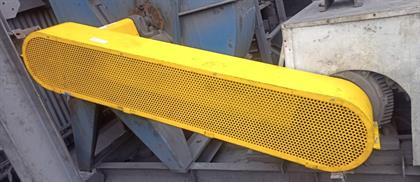
chain belt drive guard
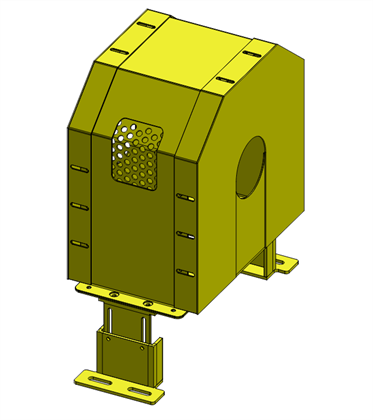
pump coupling safety guard
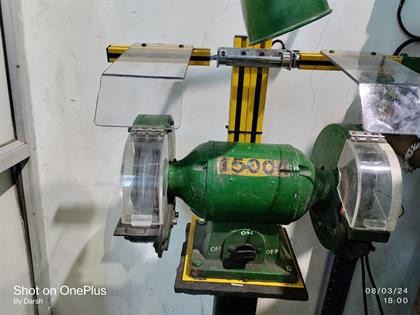
bench grinder machine safety guard
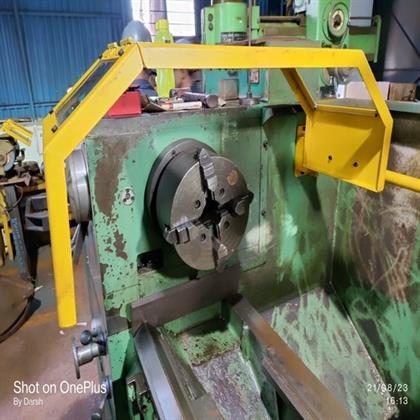
Lathe machine safety guard
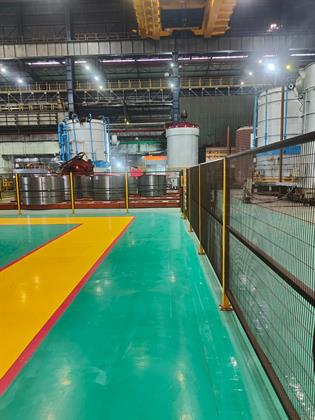
safety guards
